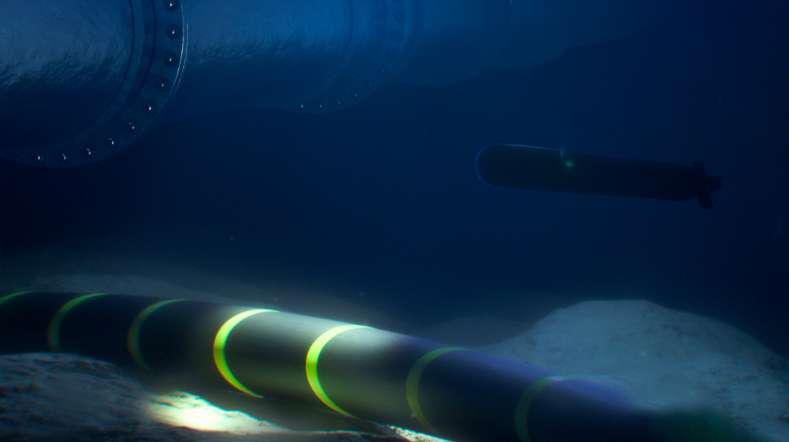CARPET: computer-aided radar performance evaluation tool
Status project
1993 - present
CARPET appeared on the market in 1993 and is presumably the most widely used radar performance assessment program. Since the initial release date radar systems have evolved; solid state RF power generation is now commonplace, like pulse compression, Doppler filtering and tracking. Modern radar systems apply multiple different waveforms per dwell: pulse lengths, RFs and PRFs stagger from pulse to pulse or from burst to burst. CARPET-users therefore requested a new release of CARPET, which is now available: CARPET 3.
CARPET 3 order form
The product comes as a base version with improved functionalities compared to version 2, such as Firm Track Probability calculations and over thirty additional diagrams including PPI-view diagrams. Its functionality can be further extended by a number of plug-ins. With the ‘TERPEM Light’ plug-in, CARPET 3 has the highly advanced EM-propagation model TERPEM on board, which comes from Signal Science Ltd.
Users can import WMO radiosonde code and see how this affects the radar coverage. They can import or construct a refractivity profile. In addition users can position the radar in a landscape and can see what the terrain profile does to radar coverage.
Within the Python plug-in, CARPET 3 also comes with an editor in which users can write or import Python code, making use of CARPET functionality. Other plug-ins, ‘Multi-Burst’ and ‘Multi-scatterer target’ make CARPET 3 more capable to assess the performance of solid-state coherent radars in combination with complex targets.
Get inspired
Unveiling the future of vapour detection technology


EMBRAPII and TNO signed a Memorandum of Understanding (MoU)


AIVD, CWI, and TNO publish renewed handbook for quantum-safe cryptography


How do we limit damage to marine mammals from our underwater noise?


TNO develops detection system to protect cables and pipelines on seabed




